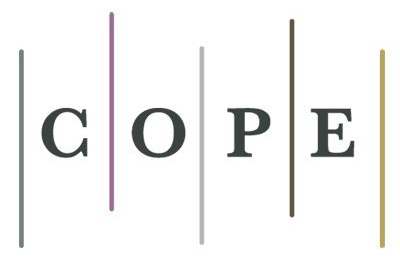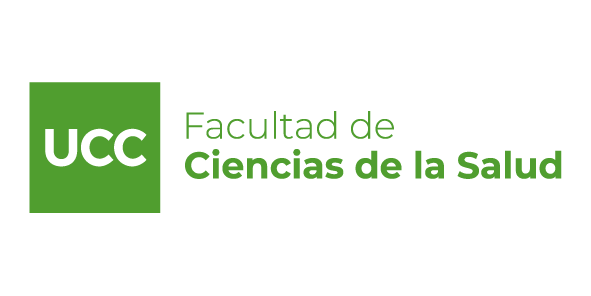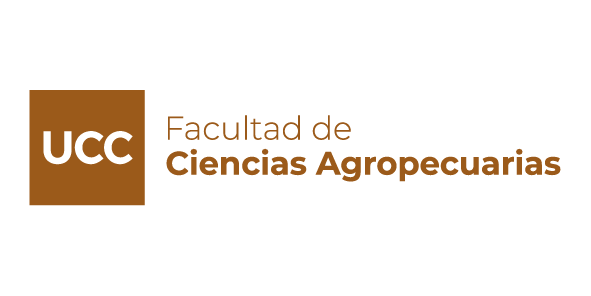Comparative study of shaping of simulated canals instrumented with VDW. Rotate and ProTaper Gold
DOI:
https://doi.org/10.22529/me.2024.9(3)03Keywords:
Root canal preparation, Nickel Titanium, InstrumentationAbstract
INTRODUCTION: With the advent of mechanized instrumentation, different shaping systems have appeared in the market, manufactured with different alloys and designs, with greater flexibility and various cinematics. These produce a more centered preparation, reduce the risks of transportation, perforations and allow preserving a greater amount of dentin than manual instrumentation.
OBJETIVE: To compare the shaping of simulated curved canals (CCS) instrumented with the VDW.Rotate™ and ProTaper Gold™ systems. SPECIFIC OBJECTIVES: 1-To evaluate the angle of curvature of the CCS after instrumentation with the VDW.Rotate™ and ProTaper Gold™ systems in the cervical, middle and apical third. 2-To determine the transportation and centering capacity in the three thirds of the CCS between these systems.
MATERIAL AND METHODS: 20 blocks of acrylic resin with CCS were used, divided into two groups of 10 blocks each one. In the VDW.Rotate™ group, the canals were conformed with the VDW.Rotate™ system, and in ProTaper Gold™ group, the blocks were instrumented with the mentioned files. Both systems were used with continuous rotation movement and were powered by the X-Smart Plus motor, following a strict protocol. The blocks were scanned before and after instrumentation, with the graphic scanner HP-G3110. The same position and orientation of the blocks was respected before and after instrumentation, using the Image Pro-Plus v.6 morphometry software. For evaluation, the canals were divided into three thirds: cervical, middle, and apical. The data were analyzed using the General Mixed Linear Model. The statistical software InfoStat was used and in all cases the level of significance was 5%. RESULTS: Considering the variation of curvature of the entire canal, VDW.Rotate™ increased the greatest differences in contrast to ProTaper Gold™, which had greater transport in the coronary and middle third on both sides of the canal. In the middle third, on the external wall, the behavior was similar in both. In the apical third, the greater transportation of the external wall of the curvature was observed with VDW.Rotate™. Significant differences were found between instrumentation systems when considering the coronary and middle sections of the canal (p=0.01 and p=0.002, respectively). In the apical third, the differences were not statistically significant.
CONCLUSIONS: Both similar systems are transported in the CCS and behaviors appeared considering the total curvature of the canal. In the apical third, there was a trend towards greater rectification with the VDW.Rotate™ system, especially on the external wall of the canal
Published
How to Cite
Issue
Section
License
Copyright (c) 2024 Methodo Investigación Aplicada a las Ciencias Biológicas

This work is licensed under a Creative Commons Attribution-NonCommercial-ShareAlike 4.0 International License.




















